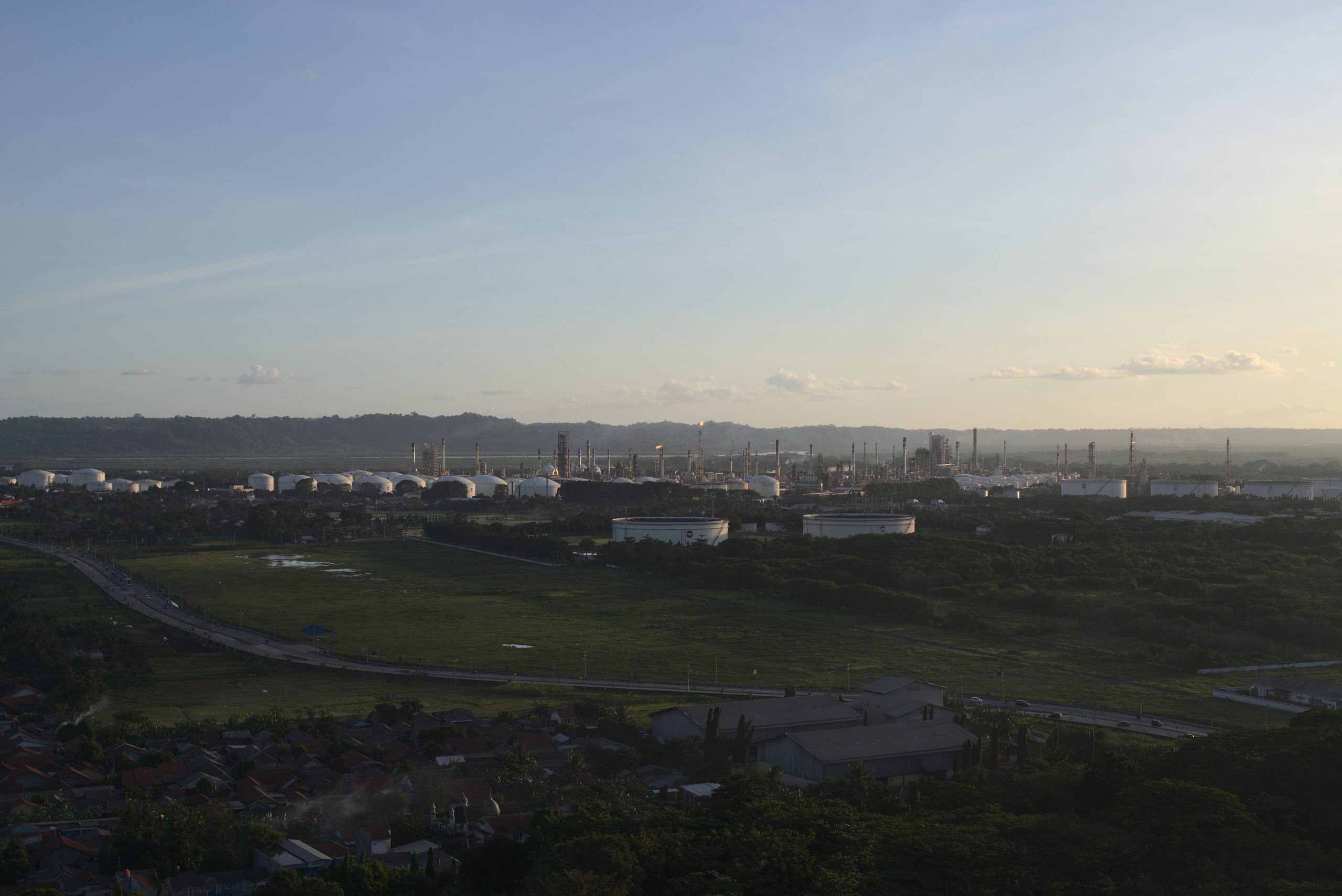In the early 90s, a blackout was a common phenomenon in Indonesia. Most of the time, it occurred without further notice from the utility company, PLN. It was even worse for those living outside Java and Sumatra islands. Having been born and bred in Kalimantan, I have witnessed this within the neighbourhood close to where I lived. Almost every household there has an electric generator as a backup for when a blackout is happening. However, the situation changed when the government began ramping up power generation installed capacity throughout the late 90s, spearheaded by the utilisation of coal-fired power plants (CFPPs).
The massive development of these power plants were driven by the abundance supply of inexpensive domestic coal. Consequently, the cost of generation became cheaper than other forms of electricity generation, including natural gas-fired power plants. The development was further propelled by the electricity law no 30/2009, replacing the old law no 15/1985, which allowed private participation in the sector. In Indonesia, the deployment of CFPPs were carried out through three government-backed programmes, namely 35,000 MW and Fast-Track Programme phase 1 & 2. To date, the generation from these power plants contributes to around 65% of Indonesia’s electricity supply. The aIt is not surprising then that one third of Indonesia’s CO2 emissions comes from the sector.
Compounded with the falling cost of renewable electricity generation, the CFPPs would eventually lose their economic competitiveness. This is a situation that is not exclusive within the global context, but also within the Indonesia context. Recent study by BNEF and IESR has projected the falling cost of generation from solar PV to even below the new CFPPs by 2023. By 2040, solar PV cost of generation would be lower than the short marginal running cost (SMRC) of existing CFPPs. Upon realising that, the government has recently published a plan on retiring 9.2 GW of its CFPP fleet by 2030. 5.5 GW of the fleet will be retired early, whilst the rest, i.e. 3.7 GW, will be replaced with renewables. The plan will indeed see the CFPPs off from Indonesia generation mix by 2060. Whilst the initiative is very much appreciated, the plan itself is still quite far from being compatible with the 1.5°C pathway as rectified in the Paris Agreement. The question arises on how to then make the plan more compatible with the pathway.
According to IESR analysis, by keeping what the government has planned, the retirement program could still be made compatible with the pathway. Considering all the economic and societal impacts, the 1.5°C-compatible retirement pathway will see around 21.7 GW of the CFPP fleet, owned by PLN and IPP, to be retired between 2031 – 2040. Between 2041 – 2045, around 12.5 GW of the CFPP fleet will be retired. The analysis also shows that the accelerated CFPP retirement is feasible and beneficial. With the rapid departure of the CFPP fleet from Indonesia generation mixture, the analysis found out that the avoided coal power subsidies and health costs are actually 2 – 3 times larger than the costs on stranded assets, decommissioning, employment transition and state coal revenue losses. It is anticipated that the retirement cost from the accelerated retirement is estimated to be 4.3 billion USD by 2030 and 28 billion USD by 2045. These seemingly large chunks of cost will certainly need significant international support, despite the larger benefits gained in the long run.

